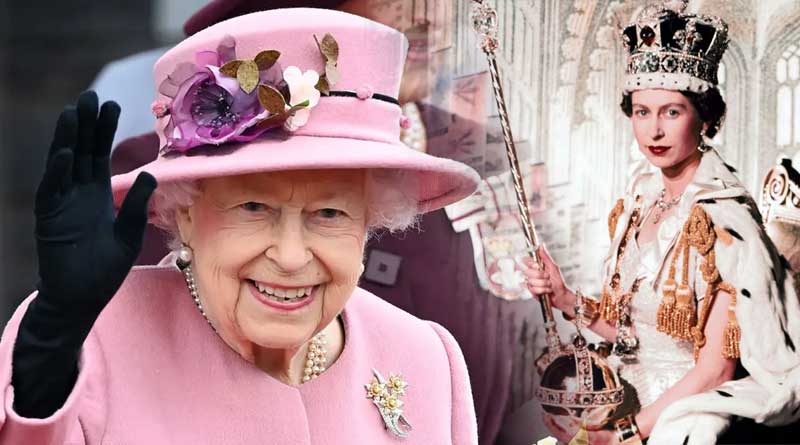Queen Elizabeth II dies at age 98 after 70 year reign
Queen Elizabeth II, the UK’s longest-reigning royal and among the world’s longest-ruling monarchs in history, has died at the age of 96.
The queen died at Balmoral Castle in Scotland, Buckingham Palace announced on Thursday.
“The Queen died peacefully at Balmoral this afternoon,” it said in a statement.
“The King and The Queen Consort will remain at Balmoral this evening and will return to London tomorrow.”
The news came, days after the queen appointed her 15th prime minister, Liz Truss.
Her son Prince Charles, grandson Prince William and other royal family members arrived at Balmoral shortly after doctors announced they were ‘concerned’ for her health.
She had been suffering from what Buckingham Palace has called “episodic mobility problems” since the end of last year, forcing her to withdraw from nearly all her public engagements.
Read This: Liz Truss To Become UK’s Next Prime Minister, Succeeding Boris Johnson
UK Prime Minister Liz Truss
Elizabeth’s eldest son Charles, 73, automatically becomes king of the United Kingdom and the head of state of 14 other realms including Australia, Canada and New Zealand. His wife Camilla becomes Queen Consort.
In a statement, he said that his mother’s death marks a moment of the greatest sadness.
“We mourn profoundly the passing of a cherished Sovereign and a much-loved Mother. I know her loss will be deeply felt throughout the country, the Realms and the Commonwealth, and by countless people around the world,” he said.
“During this period of mourning and change, my family and I will be comforted and sustained by our knowledge of the respect and deep affection in which The Queen was so widely held.”
The 96-year-old marked her Platinum Jubilee on February 6 after ascending to the throne 70 years ago in 1952, following the death of her father King George VI.
Condolences from politicians and leaders poured in as soon as news of her death emerged.
“As the United Kingdom’s longest-lived and longest-reigning Head of State, Queen Elizabeth II was widely admired for her grace, dignity, and dedication around the world,” said the UN’s Secretary General Antonio Guterres.
“She was a reassuring presence throughout decades of sweeping change, including the decolonisation of Africa and Asia and the evolution of the Commonwealth,”
European Council President Charles Michel spoke fondly of the queen’s “lasting values”.
“Our thoughts are with the royal family and all those who mourn Queen Elizabeth II in the UK and worldwide. Once called Elizabeth the Steadfast, she never failed to show us the importance of lasting values in a modern world with her service and commitment,” he said.
Elizabeth became monarch at a time when Britain still retained much of its old empire. It was emerging from the ravages of World War Two, with food rationing still in force and class and privilege still dominant in society.
Winston Churchill was Britain’s prime minister at the time, Josef Stalin led the Soviet Union and the Korean War was raging.
In the decades that followed, Elizabeth witnessed massive political change and social upheaval at home and abroad. Her own family’s tribulations, most notably the divorce of Charles and his late first wife Diana, were played out in full public glare.
While remaining an enduring symbol of stability and continuity for Britons at a time of relative national economic decline, Elizabeth also tried to adapt the ancient institution of monarchy to the demands of the modern era.
“She has managed to modernise and evolve the monarchy like no other,” her grandson Prince William, who is now heir to the throne, said in a 2012 documentary.
SOURCE: AL JAZEERA AND NEWS AGENCIES

